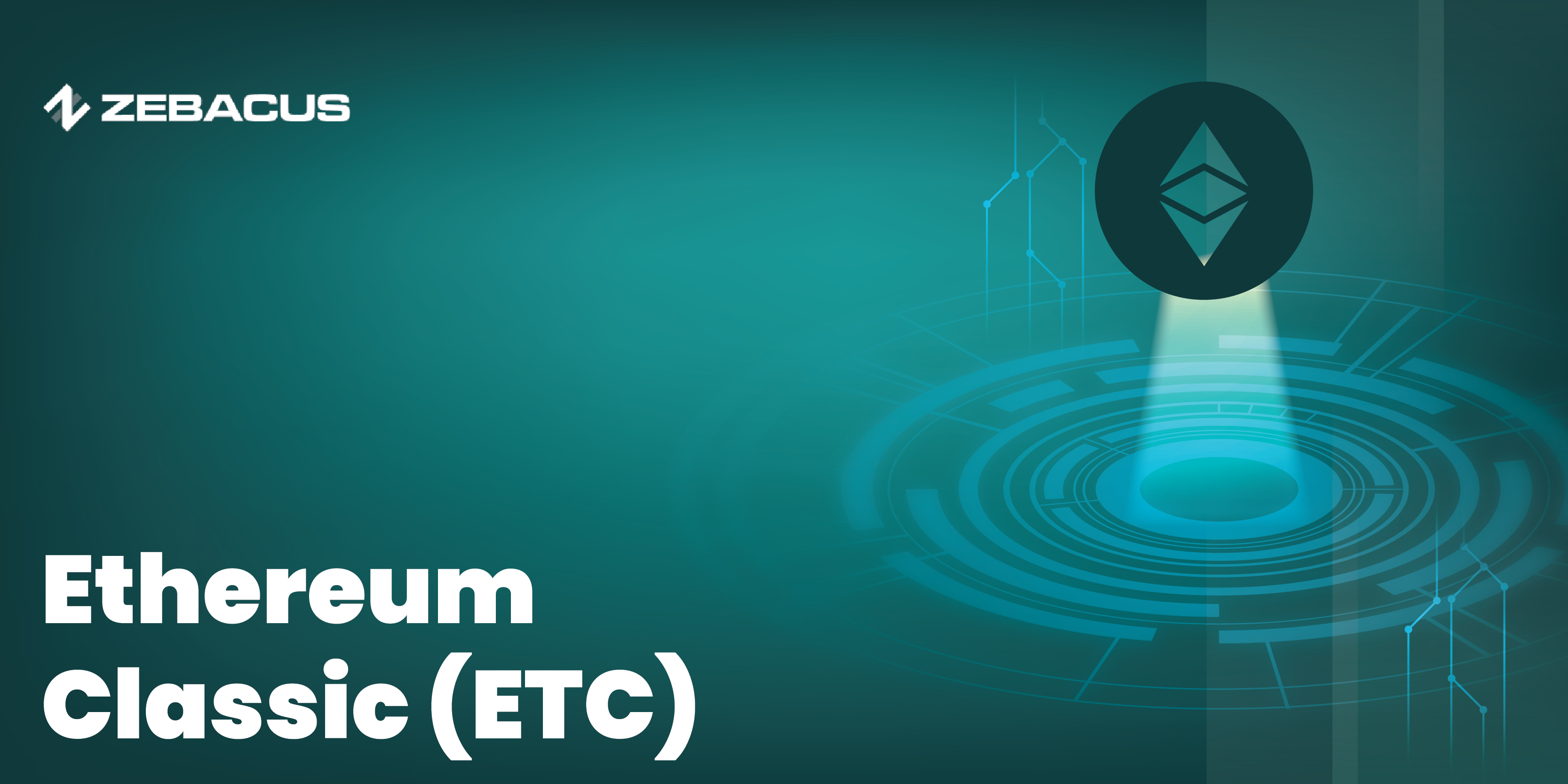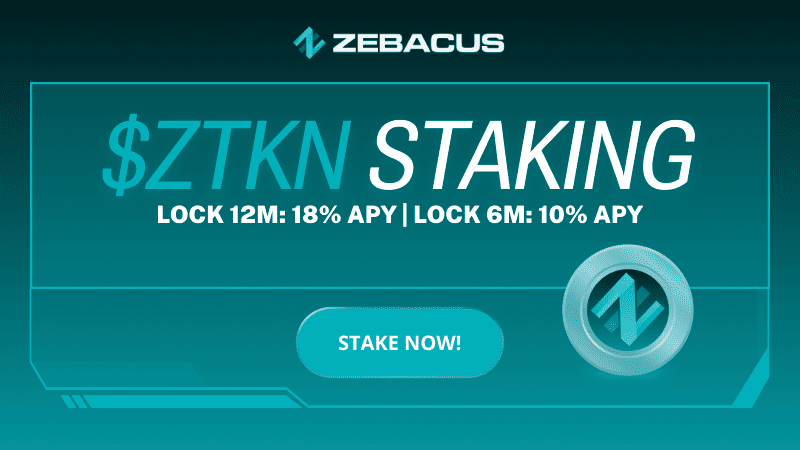What is Ethereum Classic (ETC)?
Ethereum Classic (ETC) is like the lesser-known sibling in the Ethereum family, overshadowed by Ethereum (ETH). It is the longest hard fork of Ethereum. Born out of the 2016 hack on the Ethereum network, Ethereum Classic has a unique story and purpose that are worth exploring. Let’s dive into what Ethereum Classic is, how it came to be, and why it matters in the crypto space.
The History of Ethereum Classic
Up until 2016, Ethereum Classic shares its history with Ethereum. The Ethereum blockchain was launched in 2015 by Vitalik Buterin and a team of developers to be more than just a cryptocurrency. It aimed to be a decentralized platform where smart contracts and decentralized applications (dApps) could thrive. It was all going smoothly until 2016 when the infamous DAO hack happened.
The DAO (Decentralized Autonomous Organization) was a venture capital fund based on Ethereum, raising around $150 million worth of Ether (ETH) from investors. However, a vulnerability in its code was exploited, and about $50 million worth of ETH was stolen. This created a huge crisis in the Ethereum community, leading to a contentious decision: should they alter the blockchain to return the stolen funds?
The Hard Fork
The Ethereum community split over this decision. One side supported a hard fork to reverse the hack and return the stolen funds to their rightful owners. This faction became what we now know as Ethereum (ETH). The other side, believing in the immutability of the blockchain and the idea that code is law, opposed altering the blockchain. These developers continued on the original chain, which became Ethereum Classic (ETC).
On July 20, 2016, the hard fork occurred. Ethereum (ETH) went on to adopt the altered blockchain, while Ethereum Classic (ETC) preserved the original chain. This was not just a technical split but also a philosophical one, emphasizing the principle of immutability and the idea that blockchain transactions should be irreversible.
How Ethereum Classic Works
On the operational level, Ethereum Classic works similar to Ethereum. It uses smart contracts, which are self-executing software where the terms of the agreement are directly written into code. These contracts are run on the Ethereum Virtual Machine (EVM), ensuring that all transactions are conducted as programmed without any possibility of censorship or downtime.
Ethereum Classic (ETC) Consensus
Ethereum Classic continues to use the Proof of Work (PoW) consensus algorithm, which requires miners to use computational power to solve hash puzzles and validate transactions. This will add new blocks to the blockchain and maintains its integrity. It’s the same consensus mechanism used by Bitcoin and, until recently, Ethereum.
Ethereum Classic (ETC) Philosophy
One of Ethereum Classic’s core principles is its commitment to decentralization and immutability. The community believes that the blockchain should remain unchanged, even if that means preserving the record of the DAO hack. This principle is why Ethereum Classic still operates on the original Ethereum blockchain, maintaining its unaltered history.
Ethereum Classic (ETC) Controversies
Ethereum Classic also has faced its fair share of challenges. The token has experienced several 51% attacks, where a single entity gains control over more than half of the network’s mining power, allowing the hackers to double-spend coins and disrupt the blockchain. These attacks have raised concerns about the network’s security and stability.
Moreover, Ethereum Classic has struggled to keep up with Ethereum in terms of development and innovation. Ethereum has a larger developer community and more resources, allowing it to implement upgrades and new features more rapidly. For instance, Ethereum’s transition to Proof of Stake (PoS) with Ethereum 2.0 marks a significant technological advancement, while Ethereum Classic continues to rely on the older PoW model.
Why Ethereum Classic (ETC) Matters
Despite everything, Ethereum Classic holds a unique position in the cryptocurrency world. Its commitment to decentralization and immutability appeals to those who prioritize these principles. It serves as a reminder of the ideological roots of blockchain technology, emphasizing trustlessness and resilience. Ethereum Classic can be seen as a living experiment on the importance of blockchain principles.
Concluding Thoughts
Looking ahead, Ethereum Classic aims to improve its security and scalability. Efforts are underway to enhance the network’s robustness against attacks and to foster greater adoption and development. Its new upgrades have improved compatibility with Ethereum, allowing developers to build on both platforms more easily. Ethereum Classic is more than just a fork of Ethereum; it represents a distinct philosophical stance on the nature of blockchain technology.







